Rising Geriatric Population
The demographic shift towards an aging population in South America is expected to significantly influence the myelodysplastic syndrome-drugs market. As age is a critical risk factor for MDS, the increasing number of elderly individuals is likely to lead to a higher prevalence of the disease. By 2030, it is projected that the population aged 65 and older will account for over 15% of the total population in several South American countries. This demographic trend suggests a growing patient base that will require effective treatment options, thereby driving the myelodysplastic syndrome-drugs market. Pharmaceutical companies may need to focus on developing age-appropriate formulations and therapies to cater to this demographic.
Collaborations and Partnerships
Strategic collaborations and partnerships among pharmaceutical companies, research institutions, and healthcare providers are becoming increasingly common in the myelodysplastic syndrome-drugs market. These alliances facilitate the sharing of resources, knowledge, and technology, which can accelerate drug development and improve patient access to therapies. In South America, several partnerships have emerged to enhance clinical research and streamline the approval process for new drugs. Such collaborations may lead to the introduction of innovative treatment options and improved patient outcomes, thereby positively impacting the myelodysplastic syndrome-drugs market. The synergy created through these partnerships could also enhance market competitiveness and drive growth.
Advancements in Treatment Options
Recent advancements in the development of novel therapies for myelodysplastic syndromes are poised to impact the myelodysplastic syndrome-drugs market in South America positively. Innovative treatments, including targeted therapies and immunotherapies, are emerging, offering improved efficacy and safety profiles. For instance, the introduction of hypomethylating agents has shown promising results in clinical trials, leading to increased survival rates among patients. The market for these drugs is projected to grow at a CAGR of approximately 8% over the next five years, reflecting the potential for new entrants and existing players to capitalize on this trend. This evolution in treatment options is likely to enhance the myelodysplastic syndrome-drugs market.
Government Initiatives and Funding
Government initiatives aimed at improving healthcare access and funding for cancer research are likely to bolster the myelodysplastic syndrome-drugs market in South America. Increased public funding for healthcare programs and research grants can facilitate the development of new therapies and improve patient access to existing treatments. For instance, several South American governments have launched initiatives to enhance cancer care infrastructure, which may include support for MDS research. This financial backing can lead to advancements in treatment options and increased awareness, ultimately benefiting the myelodysplastic syndrome-drugs market. The commitment to improving healthcare outcomes is expected to create a more favorable environment for drug development.
Increasing Awareness and Diagnosis
The growing awareness of myelodysplastic syndromes (MDS) among healthcare professionals and the general public is likely to drive the myelodysplastic syndrome-drugs market in South America. Enhanced educational initiatives and campaigns are contributing to earlier diagnosis and treatment. As a result, the number of diagnosed cases is expected to rise, leading to an increased demand for therapeutic options. In South America, the incidence of MDS is estimated to be around 4.5 per 100,000 individuals, which indicates a significant patient population requiring treatment. This heightened awareness may also encourage healthcare providers to adopt newer therapies, thereby expanding the myelodysplastic syndrome-drugs market.


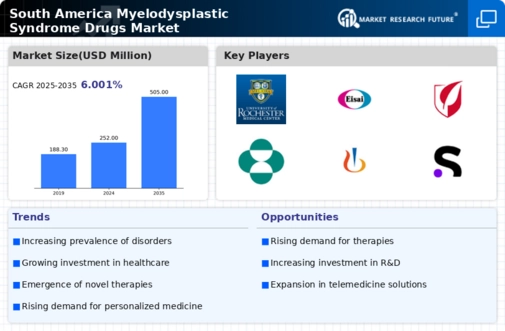
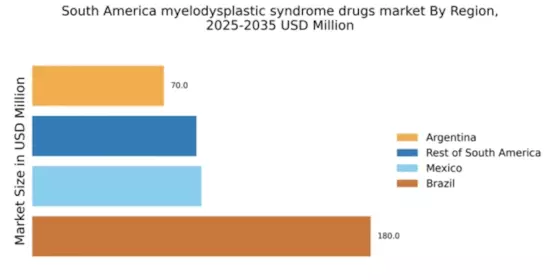
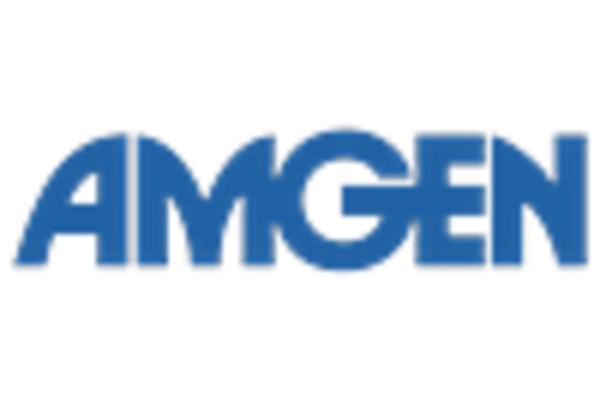
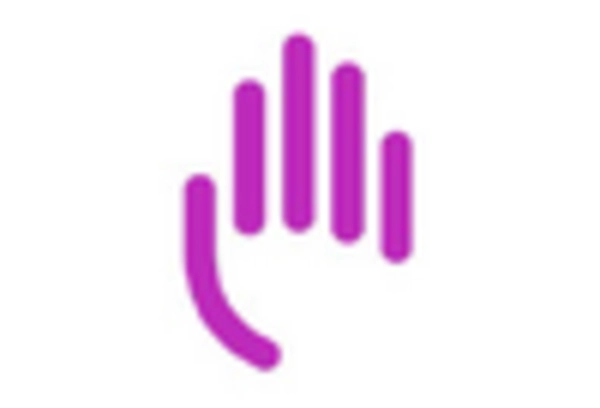
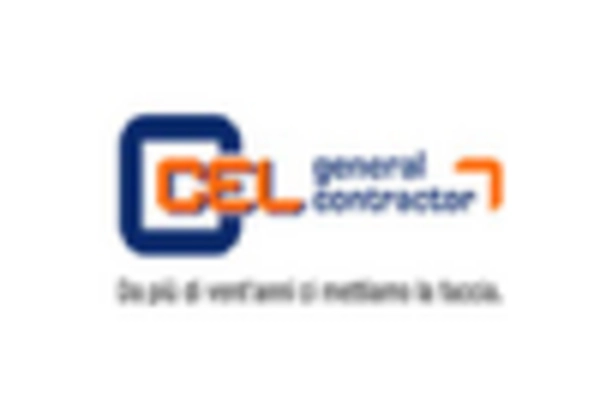
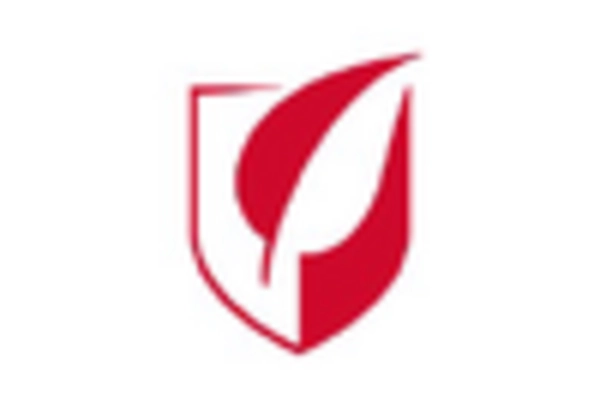

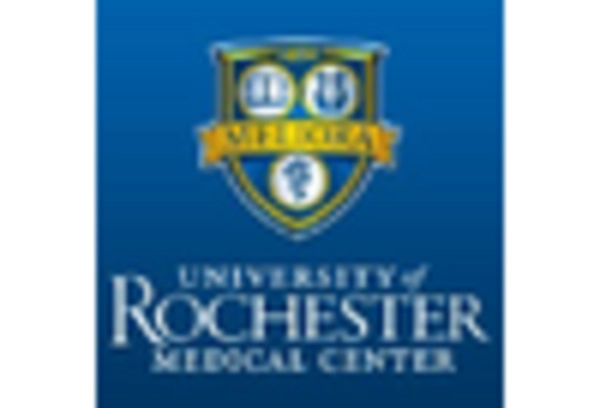








Leave a Comment